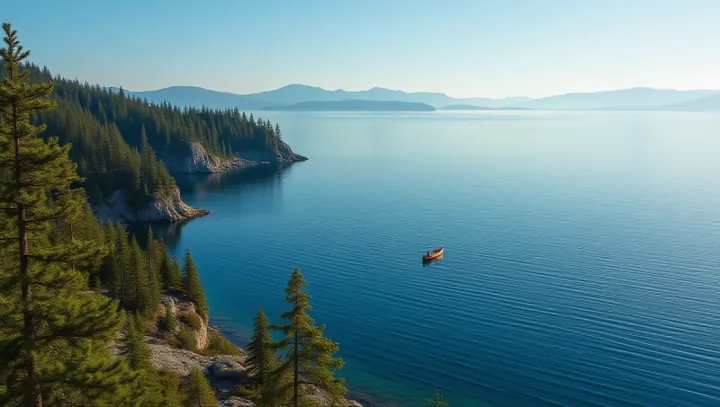Exploring Earth's Largest Freshwater Wonder

Lake Superior, covering an impressive expanse of over 31,700 square miles, claims the title of the largest freshwater lake in the world by surface area. Nestled between the United States and Canada, it is a geographical marvel that stretches across the American states of Minnesota, Wisconsin, and Michigan, while also touching the Canadian province of Ontario. This immense body of water holds pivotal ecological functions that influence weather patterns and support diverse biological communities.
Experts emphasize Lake Superior's role in regulating local climates, particularly with its effect on temperature moderation and precipitation cycles. Its vast surface facilitates significant evaporation, impacting regional weather conditions. Beyond its physical attributes, Lake Superior captivates researchers with its unique ecological systems.
The lake's cold, deep waters foster distinct habitats that sustain various aquatic species. These ecosystems are subjects of ongoing scientific investigation, offering vital insights into freshwater biodiversity and conservation strategies. Concerns surrounding climate change and human impact call for increased attention to Lake Superior's health.
Environmentalists advocate for sustainable practices to safeguard this natural resource, highlighting the necessity of coordinated conservation efforts. As a beacon of ecological diversity and scientific intrigue, Lake Superior remains an indispensable component of the Earth's hydrological and ecological framework.
